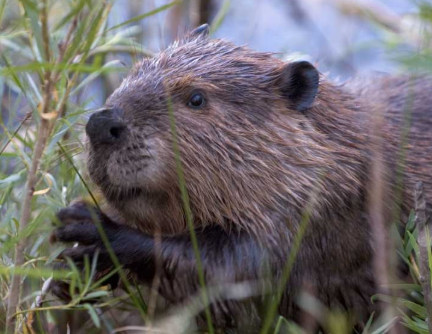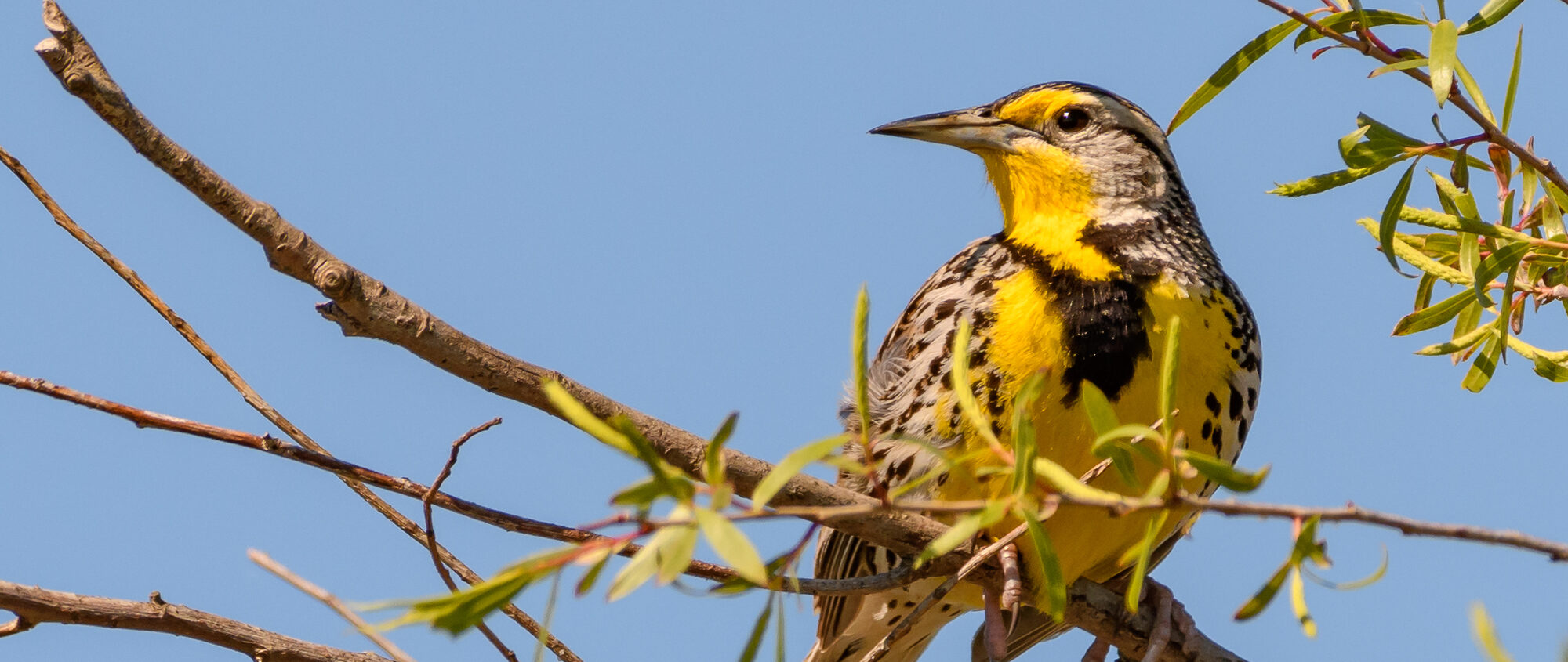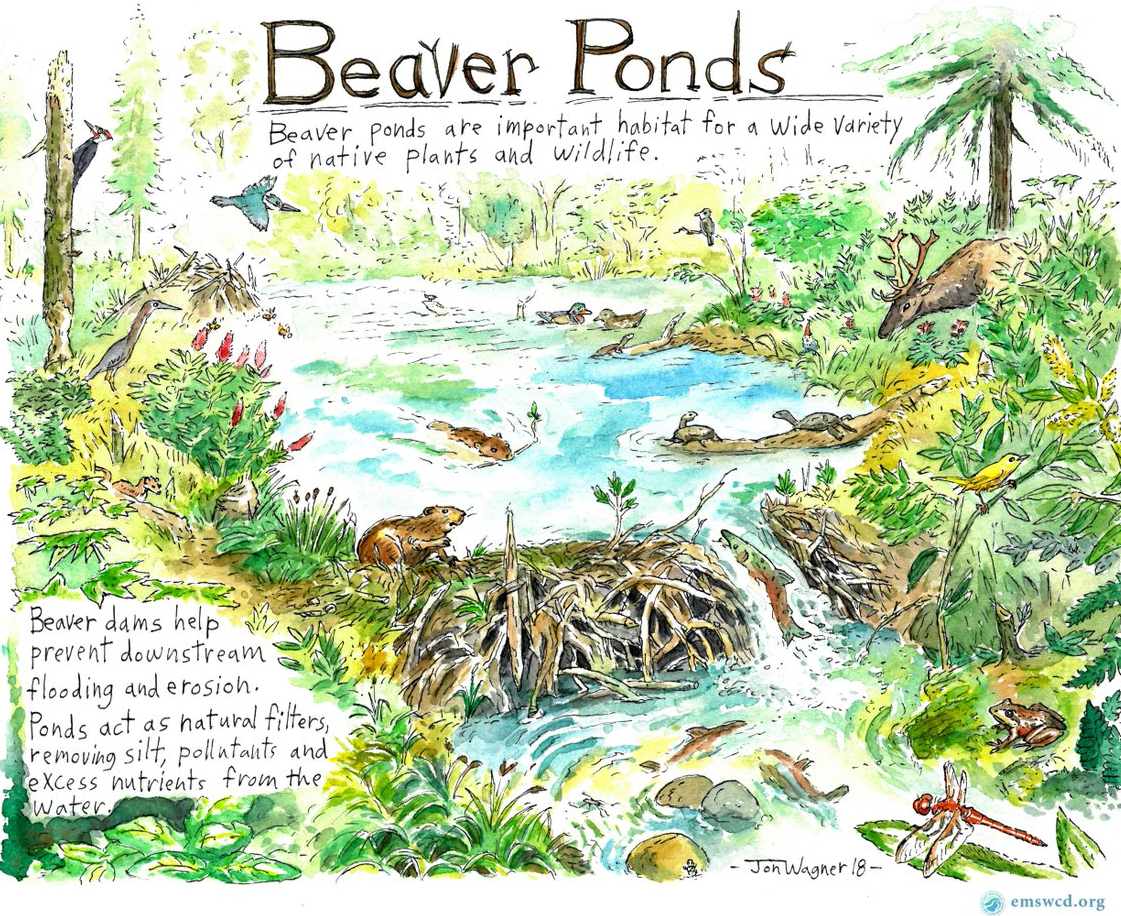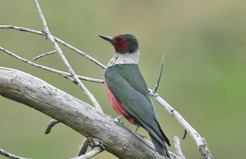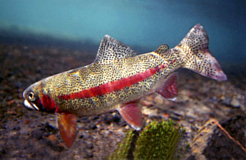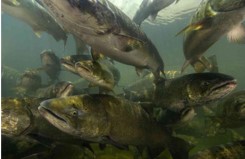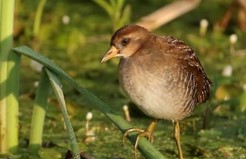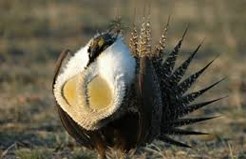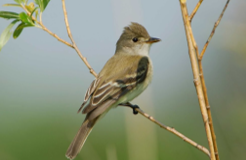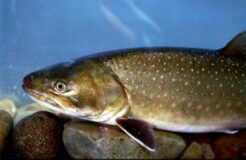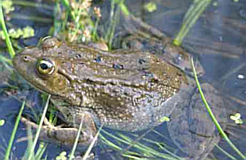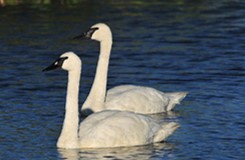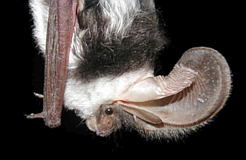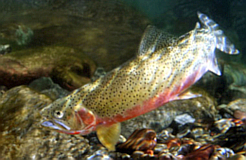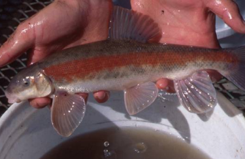Did you know that many of Eastern Oregon’s most endangered wildlife species flourish in the habitat provided by beaver ponds?
Beaver ponds create vital habitat for native wildlife
Beavers - and the habitat they create - benefit many of our beloved and most scarce native wildlife populations. Beaver ponds and the channels they create bring rich organic matter, abundant vegetation and cool riparian waterways that attract deer, elk, fish, songbirds, insects, amphibians and more.
Without these ponds and channels - without the beaver - wildlife habitat on high desert landscapes becomes increasingly scarce which accelerates with climate change.
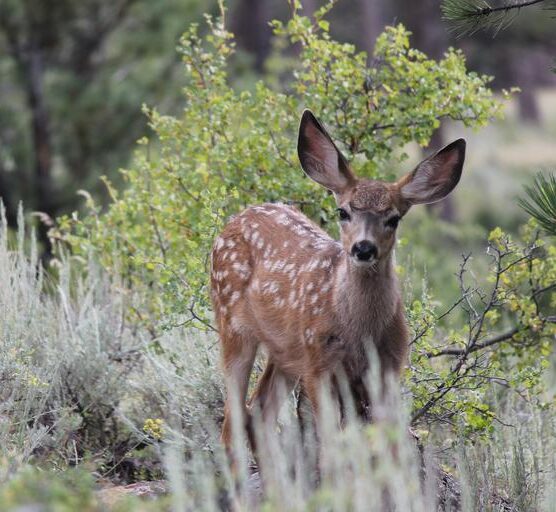
HOW BEAVER HABITAT BENEFITS WILDLIFE
Beaver dams naturally regulate water flow, create ponding, raise the water table, and create an environment that is nutrient rich. Beavers pond water through dams to create depth, by which to escape predators. They also create side channels by which to transport food more safely and easily afloat.
These beaver-engineered modifications also slow faster waters, providing more time and lateral space for vegetation to grow and establish - expanding food and habitat for wildlife. Streams with an active beaver colony will often be more resilient to change. Even in serious droughts, beaver engineering can keep water on the landscape even when the surrounding land is parched.
Under the right conditions (hydrology, geology and vegetation) beavers are considered a "keystone species" - creators of conditions that support entire ecological communities, and can increase the resilience of the aquatic species of plants, amphibians, invertebrates and fish.
And on land (terrestrial) wildlife excels in areas of thriving beaver colonies enriching abundance of food, habitat and more for ungulates, insects, birds and nearly every native herbivore in Central and Eastern Oregon.
OREGON WILDLIFE CONSERVATION STRATEGY
 The Oregon Conservation Strategy is an overarching state strategy for conserving fish and wildlife, especially in light of climate change. It provides a shared set of priorities for addressing Oregon’s conservation needs.
The Oregon Conservation Strategy is an overarching state strategy for conserving fish and wildlife, especially in light of climate change. It provides a shared set of priorities for addressing Oregon’s conservation needs.
The goals of the Conservation Strategy are to maintain healthy fish and wildlife populations by maintaining and restoring functioning habitats, preventing declines of at-risk species, and reversing declines in these resources where possible.
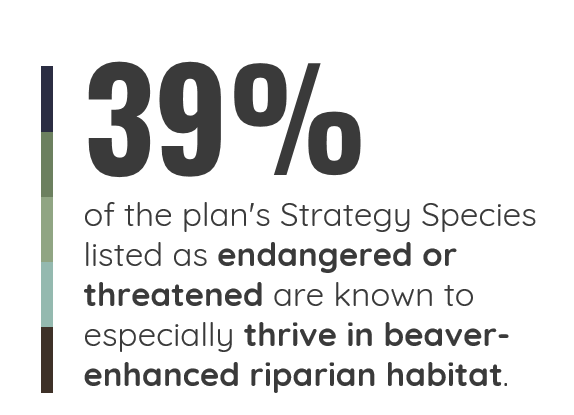
Learn more about some of our eastern Oregon Strategy Species
(Click image to go there)
Lewis's Woodpecker
Federal Listing: Species of Concern
State Listing: Sensitive
Read More on Beavers and Woodpeckers in "Trees! Beavers! Woodpeckers!"
Chinook Salmon
Federal Listing: Endangered
State Listing: Sensitive
Read More on Chinook and Beavers in "The Chinook and the Beaver"
Greater Sage Grouse
Federal Listing: Species of Concern
State Listing: Sensitive
Read More on Sage Grouse and Beavers, in "Meadows of Mutuality"
Spotted Bat
Federal Listing: Species of Concern
State Listing: Sensitive
Read More on Bats and Beavers, in "Pollination and Fertilization"
MORE READING ON WILDLIFE AND BEAVERS
- The Beaver Effect, by Mary Ann Peterson
A collection of short stories on the relationship between the beaver and the environment, other animals, and us. - Beaver dams are associated with enhanced amphibian diversity via lengthened hydroperiods and increased representation of slow‐developing species
2020, Washington State University, Vancouver - The beaver facilitates species richness and abundance of terrestrial and semi-acquatic mammals
2019, Global Ecology and Conservation, Nummitetal - More Beavers Equals More Birds, in Western Montana birds flock to beaver ponds
2018, National Wildlife Federation - Beaver ponds create wetland habitat for birds in mountains of Southeastern Wyoming
1996, The Society of Wetland Scientists, Brownetal - Importance of beaver to wetland habitats and waterfowl in Wyoming
2001, Journal of the American Water Resources Association, Mikinstryetal - Unequal summer use of beaver ponds by river otters: influence of beaver activity, pond size, and vegetation cover
2011, Canadian Journal of Zoology, LeBlancetal - Including wildlife habitat in the definition of riparian areas: The beaver as an umbrella species for riparian obligate animals
2011, Dalhousie University, Willison - >> Find more on our Literature Review - Beaver and Wildlife Biodiversity list
